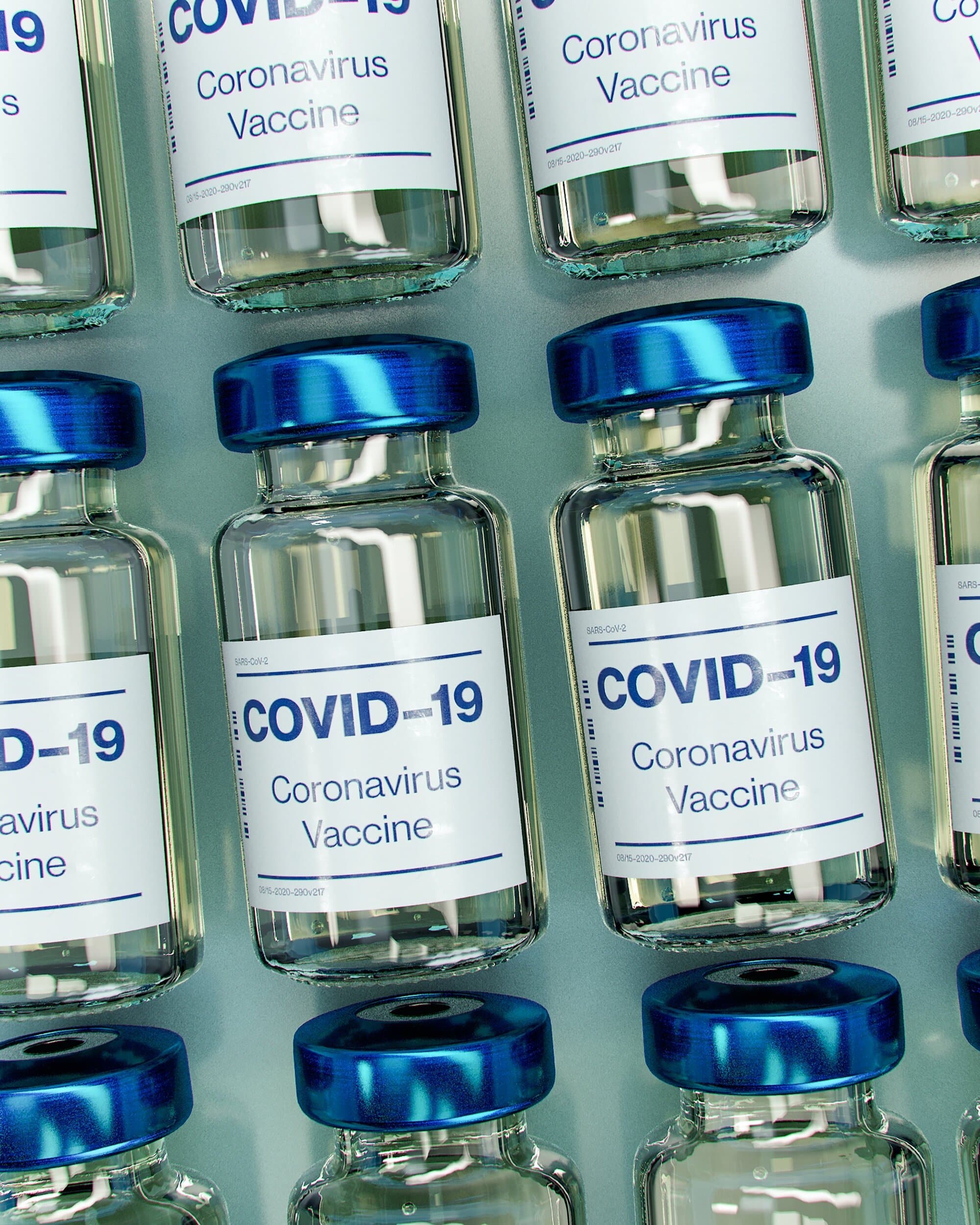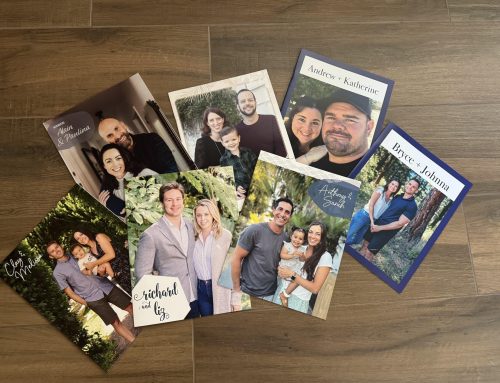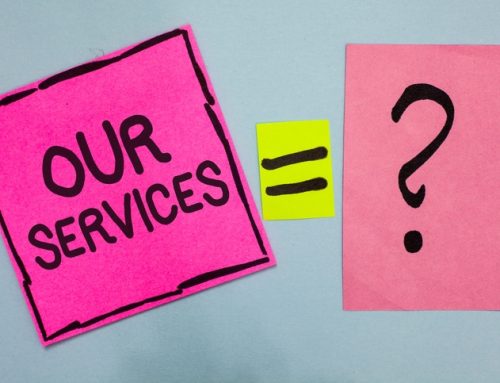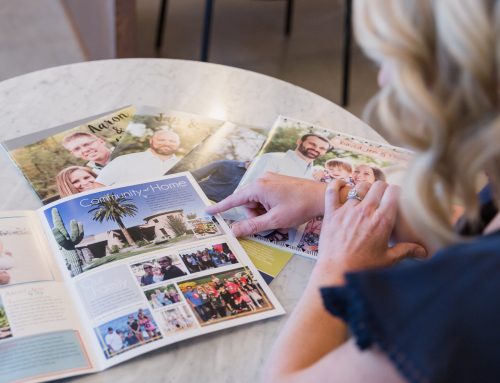
If you’ve been following us awhile, you may have read our updates over the past year on the impact of COVID-19 on adoption. If you missed them, you can check out our first update in late March 2020 and a later update in July 2020. Now that more and more people are getting vaccinated and many states have reopened, you are likely interested in knowing how COVID-19 is continuing to impact adoptions. Here is a quick post to consider the status of adopting in and after a pandemic.
The adoption world is slow. The adoption world is pretty slow right now, for a variety of reasons. One, when the country was on lockdown, bars and clubs closed and with people quarantining, there was less opportunity for unplanned pregnancies. This is positive in some ways, an potentially women who might have otherwise placed a child are feeling empowered to parent. But in general, birth rates are way down even outside adoption, and it definitely has impacted the number of adoptions happening nationwide. Attorneys and agencies nationwide are saying they are slower than usual, but that’s not the only reason that it feels so slow if you’re a prospective adoptive family…
There are more prospective adoptive families than ever before. During the shutdown, more and more families who had considered adoption in the past had the time to begin the home study process and start their adoption journey. Maybe they had put it off because they didn’t have time to do all the paperwork, maybe families didn’t have time to have those tough conversations on building a family, but months in quarantine made that happen. We have WAY more prospective adoptive families inquiring each day about adoption than we have ever had before. I would guess that there might be twice as many prospective adoptive families as we are used to seeing. Given that adoption numbers are down, fewer prospective adoptive families are completing adoptions, so prospective adoptive families are sitting longer on attorney and agency lists. Many attorneys and agencies have capped their active family lists for this reason, so prospective adoptive families that have tried to get on multiple waiting lists using a multi-attorney/agency approach over the last six months are being told to check back later. Particularly those agencies with low up front fees, they are generally full, so many prospective adoptive families are going outside the typical multi-attorney/agency approach and paying higher up front fees to get on lists that aren’t as long and be one of fewer prospective adoptive families waiting with that professional.
More families are saying yes to being presented to existing adoption opportunities. When there were more adoption opportunities, prospective adoptive families were more hesitant to say yes to a case that might be outside their ideal preferences, over their budget, or a longer match. But given that the volume has decreased, families are saying yes to cases they might have passed on a year ago. That means more prospective adoptive families for each adoption opportunity that comes up, which means you may not even get shown even if you wanted to as most professionals limit the number of profiles they will show to an expectant mom. So, from a strictly numbers perspective, you’re likely going to have to say yes many more times to get your yes, since you are one of more families in the mix.
So what should you do? Consider getting on lists with slightly higher up front fees than you might have planned initially, assuming they have less waiting families. Ask questions about the number of active waiting families they have in relation to their number of opportunities over the last year. Ask whether you can use that up-front fee for a second adoption if you end up matching through someone else for your first adoption. If you think you will adopt again and they don’t have time limitations on your contract, it won’t be a waste of money to have more money sunk into that professional if you can use them again later. Don’t just sit idle waiting for cases to come to you, be proactive, as we discussed in a post recently “What to Do During An Adoption Wait”. Also, search our learn page on tips for doing your own Adoption Outreach in order to subsidize efforts by the attorneys and agencies you’re working with.
Some good news for prospective adoptive parents. Things seem to be picking up a little bit! We do expect it to take awhile to feel like it did before the pandemic given the number of prospective adoptive families. Many families are considering foster to adopt in their state (if available) instead since there’s even more kids entering foster care since the pandemic began, some are looking into embryo adoption which hasn’t been hit the same way as traditional adoption. But our guess is that it is going to feel a little crowded as prospective adoptive families in domestic infant adoption for a year or even longer.
Another positive is that adoption professionals have gotten more virtual over the past year. In an industry that was quite behind in technology, professionals have gotten more efficient at operating remotely. They are figuring out how to help expectant families more virtually, and the opening up will allow them to provide more face to face support and guidance to expectant families in the future. Home study providers aren’t as limited to face to face visits as many states are allowing virtual visits, so there don’t seem to be any delays in that portion of the process now.
Many aspects of adoption have gotten easier. Courts have gotten used to handling finalizations virtually, and some are finalizing adoptions without even having a hearing. So while some of the celebratory hearings aren’t happening, the delays we were seeing early in the pandemic aren’t happening. ICPC clearing times are faster than before and families are now finalizing in a timely manner.
Hospital experiences are still unpredictable. Prospective adoptive parents and adoption professionals are still having more limited access to the hospital in adoption situations than before the pandemic. It isn’t necessarily predictable, so prospective adoptive parents should prepare not to be in the hospital even when the expectant family would like them there, but some families are getting that access on a case by case basis as hospitals’ policies change.
Lastly, patience is key. No one said adoption was going to be fast. It still can be for some families, but on average prospective adoptive families are waiting longer to adopt due to the pandemic. Settle in or use your own initiative through adoption outreach to speed things up for you! We have lots of resources on our blog to help you in that area, just search Adoption Outreach. While we sometimes have a waitlist for our Advisement Packages, we are still helping families through profile design, Adoption Coaching and Adoption Outreach packages, check out our Services page for our current pricing. You can also secure a spot on our waitlist with a $250 fee that will be applied to your package when you go active.

If you’ve been following us awhile, you may have read our updates over the past year on the impact of COVID-19 on adoption. If you missed them, you can check out our first update in late March 2020 and a later update in July 2020. Now that more and more people are getting vaccinated and many states have reopened, you are likely interested in knowing how COVID-19 is continuing to impact adoptions. Here is a quick post to consider the status of adopting in and after a pandemic.
The adoption world is slow. The adoption world is pretty slow right now, for a variety of reasons. One, when the country was on lockdown, bars and clubs closed and with people quarantining, there was less opportunity for unplanned pregnancies. This is positive in some ways, an potentially women who might have otherwise placed a child are feeling empowered to parent. But in general, birth rates are way down even outside adoption, and it definitely has impacted the number of adoptions happening nationwide. Attorneys and agencies nationwide are saying they are slower than usual, but that’s not the only reason that it feels so slow if you’re a prospective adoptive family…
There are more prospective adoptive families than ever before. During the shutdown, more and more families who had considered adoption in the past had the time to begin the home study process and start their adoption journey. Maybe they had put it off because they didn’t have time to do all the paperwork, maybe families didn’t have time to have those tough conversations on building a family, but months in quarantine made that happen. We have WAY more prospective adoptive families inquiring each day about adoption than we have ever had before. I would guess that there might be twice as many prospective adoptive families as we are used to seeing. Given that adoption numbers are down, fewer prospective adoptive families are completing adoptions, so prospective adoptive families are sitting longer on attorney and agency lists. Many attorneys and agencies have capped their active family lists for this reason, so prospective adoptive families that have tried to get on multiple waiting lists using a multi-attorney/agency approach over the last six months are being told to check back later. Particularly those agencies with low up front fees, they are generally full, so many prospective adoptive families are going outside the typical multi-attorney/agency approach and paying higher up front fees to get on lists that aren’t as long and be one of fewer prospective adoptive families waiting with that professional.
More families are saying yes to being presented to existing adoption opportunities. When there were more adoption opportunities, prospective adoptive families were more hesitant to say yes to a case that might be outside their ideal preferences, over their budget, or a longer match. But given that the volume has decreased, families are saying yes to cases they might have passed on a year ago. That means more prospective adoptive families for each adoption opportunity that comes up, which means you may not even get shown even if you wanted to as most professionals limit the number of profiles they will show to an expectant mom. So, from a strictly numbers perspective, you’re likely going to have to say yes many more times to get your yes, since you are one of more families in the mix.
So what should you do? Consider getting on lists with slightly higher up front fees than you might have planned initially, assuming they have less waiting families. Ask questions about the number of active waiting families they have in relation to their number of opportunities over the last year. Ask whether you can use that up-front fee for a second adoption if you end up matching through someone else for your first adoption. If you think you will adopt again and they don’t have time limitations on your contract, it won’t be a waste of money to have more money sunk into that professional if you can use them again later. Don’t just sit idle waiting for cases to come to you, be proactive, as we discussed in a post recently “What to Do During An Adoption Wait”. Also, search our learn page on tips for doing your own Adoption Outreach in order to subsidize efforts by the attorneys and agencies you’re working with.
Some good news for prospective adoptive parents. Things seem to be picking up a little bit! We do expect it to take awhile to feel like it did before the pandemic given the number of prospective adoptive families. Many families are considering foster to adopt in their state (if available) instead since there’s even more kids entering foster care since the pandemic began, some are looking into embryo adoption which hasn’t been hit the same way as traditional adoption. But our guess is that it is going to feel a little crowded as prospective adoptive families in domestic infant adoption for a year or even longer.
Another positive is that adoption professionals have gotten more virtual over the past year. In an industry that was quite behind in technology, professionals have gotten more efficient at operating remotely. They are figuring out how to help expectant families more virtually, and the opening up will allow them to provide more face to face support and guidance to expectant families in the future. Home study providers aren’t as limited to face to face visits as many states are allowing virtual visits, so there don’t seem to be any delays in that portion of the process now.
Many aspects of adoption have gotten easier. Courts have gotten used to handling finalizations virtually, and some are finalizing adoptions without even having a hearing. So while some of the celebratory hearings aren’t happening, the delays we were seeing early in the pandemic aren’t happening. ICPC clearing times are faster than before and families are now finalizing in a timely manner.
Hospital experiences are still unpredictable. Prospective adoptive parents and adoption professionals are still having more limited access to the hospital in adoption situations than before the pandemic. It isn’t necessarily predictable, so prospective adoptive parents should prepare not to be in the hospital even when the expectant family would like them there, but some families are getting that access on a case by case basis as hospitals’ policies change.
Lastly, patience is key. No one said adoption was going to be fast. It still can be for some families, but on average prospective adoptive families are waiting longer to adopt due to the pandemic. Settle in or use your own initiative through adoption outreach to speed things up for you! We have lots of resources on our blog to help you in that area, just search Adoption Outreach. While we sometimes have a waitlist for our Advisement Packages, we are still helping families through profile design, Adoption Coaching and Adoption Outreach packages, check out our Services page for our current pricing. You can also secure a spot on our waitlist with a $250 fee that will be applied to your package when you go active.



